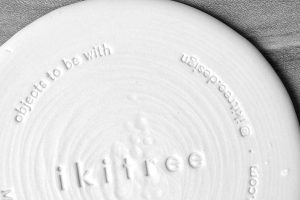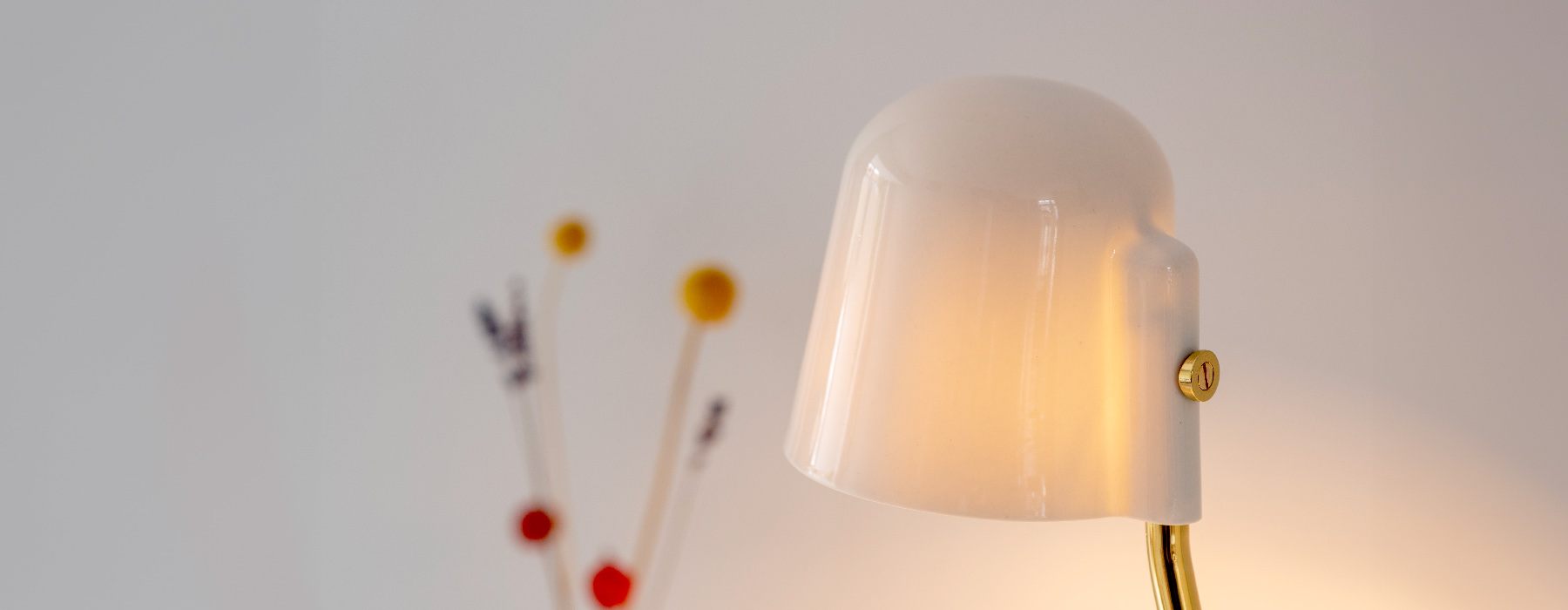The lighting designs by ikitree stand out with their material. The lampshades are made of porcelain, giving each fixture a beautiful unique quality. Porcelain belongs to the family of ceramics and is a fantastic material to make lighting with due to its material properties. It can be made very thin, so thin that light can glow through.
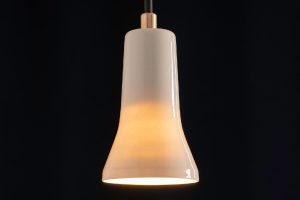
Let’s find out how these handcrafted lighting products are made.
The production process starts with making a master model of the design. This only has to be done once, as it will be used to make plaster moulds. The master model itself is made in whichever manner is most suitable, be it 3d printing or on a lathe by hand.
Using this master model, multiple plaster moulds are made. Depending on the design, the mould has a single cavity and an opening on top (like a cup), or it is made of several parts.
The fluid porcelain is poured into the mould and left inside for a short time. The plaster will soak up the water that is contained in the porcelain, and a thin layer of porcelain will solidify against the wall of the mould. After a fixed amount of time, the fluid porcelain is poured out of the mould again, and back into its container. The thin solidified layer of porcelain is left behind against the wall of the mould.
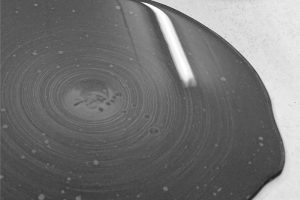
After a short while the porcelain further dries and contracts itself loose from the mould, of which it is then skilfully removed. At this point, the porcelain is very fragile and needs to dry. During this drying process, the porcelain further shrinks in size. A quick touch-up by hand to remove any small imperfections, and if necessary holes will be drilled to allow for fixtures and cables. Logos can be stamped in the porcelain to add a unique touch.
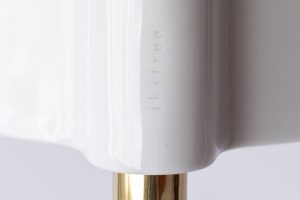
The porcelain is now ready to be fired in the kiln for the first time, this is called biscuit. The parts will exit the oven much stronger and less fragile.
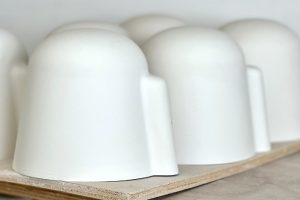
They are then ready to be glazed, after which the parts enter the kiln for a second time. After this second firing and a slow cooling process, the parts are ready for a thorough quality check.
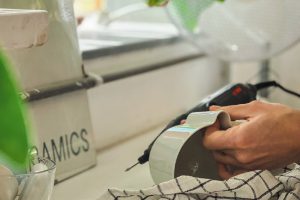
As mentioned, the porcelain material contracts during the entire production process. By their design, they must stand on their edge during production. To make sure the parts keep their shape during contraction, they are placed on a porcelain slab that contracts simultaneously. These porcelain ‘pancakes’ are used to manufacture the Improvisor clocks. The small slabs used to make pendant lamps become porcelain business cards. In this way, all material is used to make valuable items.
